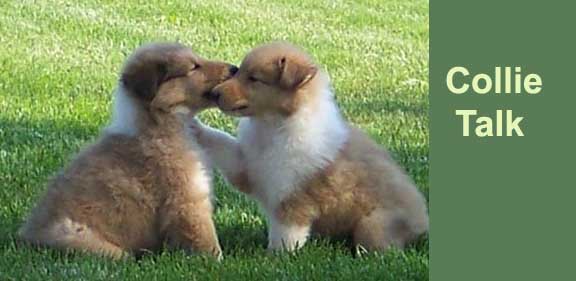What to Consider When Picking a New Dog When You Have Children
Dogs are great and often become our “children” for those of us who don’t have kids or whose kids have already grown up and moved out of the house. But when you have small children at home, you have to seriously consider the type of dog that you bring home because not all dogs get along with all children. However unintentional it may be, dogs can hurt children and children can hurt dogs, so it’s a good idea to look at the breed of dog and the age of your child before bringing home a new pet. The main thing that dogs and small kids have in common is that they are each unpredictable.
Even small dogs can have bad temperaments. Sometimes certain breeds are more nervous by nature and don’t handle the teasing or roughhousing that children can bring. The following breeds of dogs are not recommended if you have young kids (under age 12) in your household: Yorkshire terrier, schnauzer, chow, pekingese, lhasa apso, akita, afghan hound, shih tzu, and basenji.
Some dogs are naturally bred to be herders and work well with children under 12 because they herd the children and enjoy the interaction with them. You just have to be careful that you don’t choose a herding dog whose instinct while herding is to nip. Terriers are the most common herding breed. Among those dog breeds recommended for children under 12 are the Australian terrier, welsh terrier, collie, golden retriever and irish terrier.
With children above age 12, most breeds work well with them and are well suited as household pets. They are loving and protective companions while still being playful enough to want to interact with your kids. These breeds include nearly all retrievers and herding dogs, Dalmatians, English cocker spaniels, border collies, and pembroke welsh corgis.
If you have children under six in the household, you should avoid large dogs that have a history of being aggressive such as rottweilers, pit bulls, and german shepherds. Even if they don’t bite your children, they are large, high-energy dogs that could knock your children over, potentially hurting them.
Dogs bite children (and adults) out of either fear or aggression. Young children haven’t yet learned boundaries or consequences and often pull on a dog’s tail or hit a dog too hard, causing the pet to respond inappropriately. To solve this problem, you should teach your children about their behavior around the dog and train the dog to understand that you won’t tolerate aggression against the child.
Now we’re going to focus on some specific problems that arise between dogs and children and how to resolve them:
• If your dog begs from the table or steals your child’s food, simply keep the dog out of the kitchen during dinner and keep an area just for him with treats and his own food.
• If your dog jumps up on the kids, teach the kids to raise their knees and jump their hip toward the dog when he jumps. Next, train your dog to not jump on anyone – adult or child.
• If the dog knocks your child down, separate the dog from the child before he jumps if you see that he’s getting excitable. Teach your child to calmly command the dog to “sit” when he starts to lunge toward him.
It’s just a general good rule not to leave your small children along with the family pet. Even the cutest most wonderful dog in the world can have a bad day if provoked. Dogs and children can form special long-lasting relationships if each understands his role and the behaviors that need to be exhibited around the other.
rticle provided by Nick Johnson of www.pet-super-store.com: Find great deals onElevated Dog Feeders and Dog Beds
Monday, August 17, 2009
Subscribe to:
Comments (Atom)




